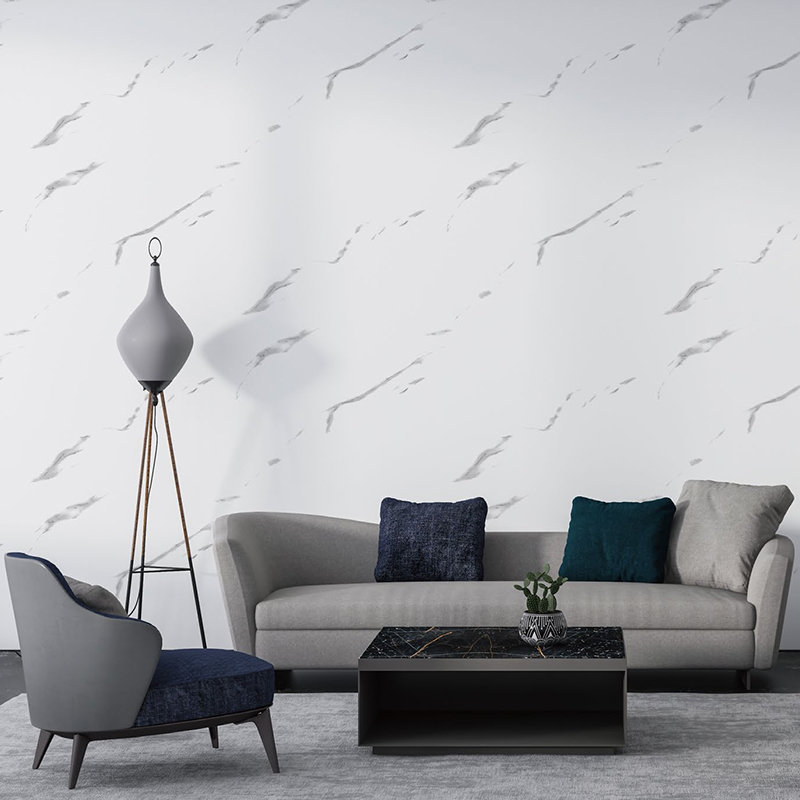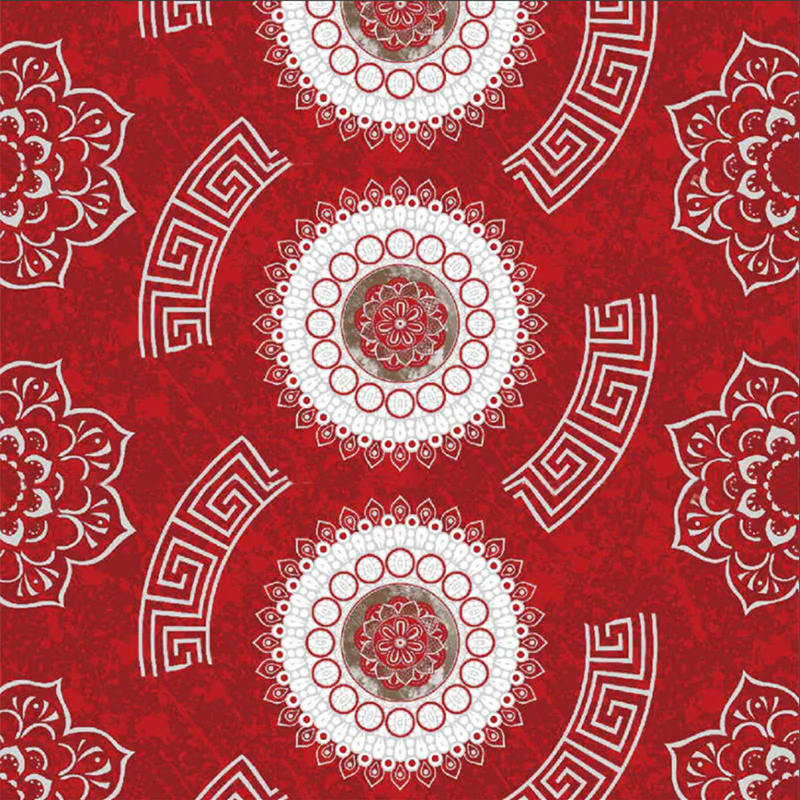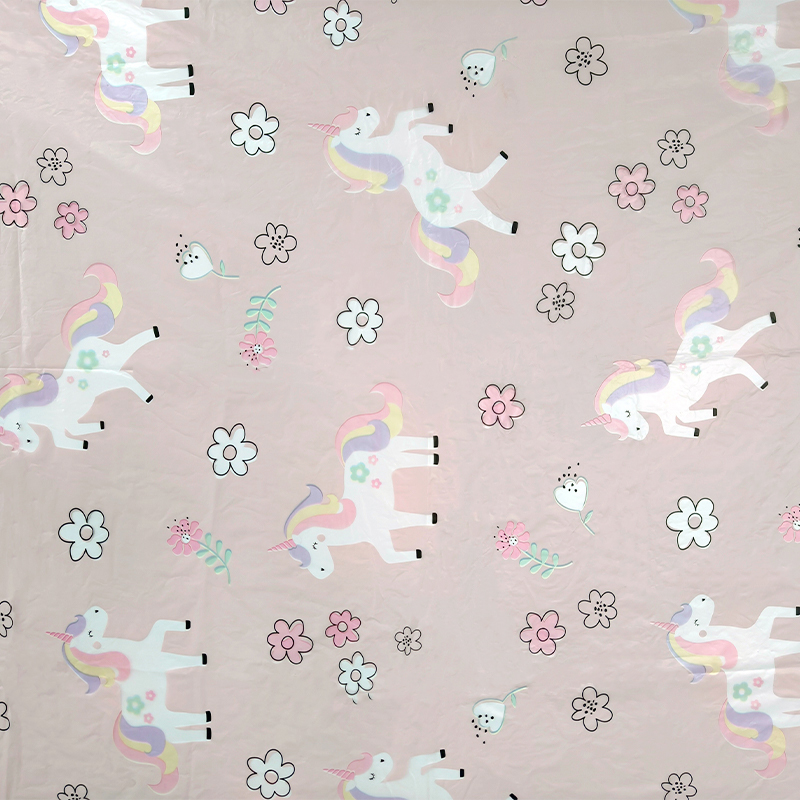The developmental stages of infancy and early childhood are critical for cognitive and physical growth. Among the myriad products designed to support this period, the crawling mat stands out as a fundamental tool for facilitating safe and effective motor skill development. Specifically, the "foldable crawling mat" has emerged as a particularly versatile and practical solution for modern families. This article delves into the ergonomic considerations, material science, developmental benefits, and practical advantages of these innovative products.
Ergonomic Design and Material Science
The primary function of a crawling mat is to provide a safe, hygienic, and supportive surface for infants to engage in tummy time, rolling, crawling, and eventually, walking. Foldable crawling mats achieve this through meticulous design and material selection.
Material Composition: High-quality foldable crawling mats are typically constructed from non-toxic, closed-cell foams, such as XPE (cross-linked polyethylene) foam or EVA (ethylene-vinyl acetate) foam. These materials are chosen for several key properties:
- Shock Absorption: The inherent elasticity and cellular structure of XPE and EVA foams provide excellent shock absorption, cushioning falls and reducing impact on developing joints and bones. This is crucial during the early stages of motor development when balance and coordination are still nascent.
- Thermal Insulation: These foams offer good thermal insulation, preventing the transfer of cold from the floor to the child, which is particularly beneficial in diverse climates and on various flooring types (e.g., tile, concrete).
- Water Resistance and Hygiene: The closed-cell nature of these foams makes them impermeable to liquids, preventing the absorption of spills, drool, and other bodily fluids. This characteristic is vital for maintaining a hygienic play environment and simplifies cleaning – typically requiring only a wipe-down with a damp cloth.
- Durability and Longevity: Modern manufacturing techniques ensure that these foams are highly durable and resistant to tearing, punctures, and deformation, even with prolonged and rigorous use. This contributes to the mat's longevity, making it a cost-effective investment.
- Non-Toxic and Hypoallergenic: Reputable manufacturers prioritize the use of materials free from BPA, phthalates, lead, latex, and other harmful chemicals. This commitment to safety is paramount, as infants frequently interact directly with the mat surface.
Surface Texture and Patterning: The surface of a foldable crawling mat often features embossed textures or anti-slip patterns. These are not merely aesthetic; they serve a crucial ergonomic purpose by providing:
- Enhanced Grip: The texture increases friction, preventing the infant from slipping, especially during energetic movements like crawling or pushing off.
- Sensory Stimulation: Varied textures can offer tactile sensory input, contributing to the infant's sensory development.
- Visual Engagement: Many mats incorporate colorful designs, letters, numbers, or thematic patterns. These visual elements stimulate cognitive development, encourage exploration, and can be used for early learning activities.
Developmental Benefits
The use of a well-designed foldable crawling mat directly contributes to several key areas of infant and toddler development:
- Gross Motor Skills: Provides a dedicated, safe space for:
- Tummy Time: Encourages head and neck control, strengthens back and shoulder muscles.
- Rolling: Facilitates the transition from back to stomach and vice versa.
- Crawling: Promotes bilateral coordination, strengthens core muscles, and develops spatial awareness.
- Sitting and Standing Practice: Offers a soft landing for inevitable tumbles as infants learn to sit independently and pull themselves up.
- Fine Motor Skills: While less direct, a stable and comfortable surface can indirectly support fine motor development by allowing infants to focus on manipulating toys without the distraction of an uncomfortable or unsafe base.
- Cognitive Development: The visual stimuli (colors, patterns, images) on many mats can aid in color recognition, object identification, and early literacy/numeracy skills. The mat also defines a dedicated "play zone," which can help with understanding boundaries and organization.
- Sensory Development: The tactile feedback from the mat's texture and the visual stimulation from its design contribute to multi-sensory learning.
- Safety and Confidence: The cushioned surface instills confidence in both the child and the parent, encouraging exploration and risk-taking (within safe limits) during the learning process. This reduces the fear of falls, allowing the child to practice new skills more freely.
Practical Advantages of Foldability
The "foldable" aspect of these crawling mats is a significant differentiator and offers distinct practical advantages for modern households:
- Space Optimization: Unlike traditional roll-up mats or fixed playmats, foldable mats can be quickly and compactly folded, making them ideal for smaller living spaces, apartments, or homes where dedicated play areas are not always feasible. They can be easily stored in closets, under beds, or behind furniture.
- Portability: The ability to fold the mat into a compact size makes it highly portable. This is invaluable for families on the go, allowing them to create a safe play area at grandparents' houses, friends' homes, hotels, or even outdoors (weather permitting).
- Ease of Setup and Takedown: The accordion-style folding mechanism allows for rapid deployment and packing, saving time and effort for busy parents.
- Versatility of Use: Beyond crawling, the mat can serve as a comfortable surface for reading, playing with blocks, or as a temporary nap area. Its portability also extends its use to various rooms within the house.
- Hygiene and Maintenance: The ease of folding also facilitates easier cleaning of both the mat itself and the floor beneath it, contributing to a healthier home environment.
Considerations for Selection
When choosing a foldable crawling mat, several factors should be considered:
- Size: Select a size appropriate for the available space and the child's age/developmental stage. Larger mats offer more room for movement and play.
- Thickness: Thicker mats generally provide superior cushioning and insulation. Common thicknesses range from 1 cm to 2 cm.
- Materials and Certifications: Always verify that the mat is made from non-toxic materials and meets relevant safety certifications (e.g., EN71 for Europe, ASTM F963 for the US).
- Design and Aesthetics: While secondary to safety and function, the design can be an important factor, especially if the mat will be a permanent fixture in a living space.
- Durability of Folds: Examine the quality of the hinges or folding points to ensure they will withstand repeated use without degradation.
Conclusion
The foldable crawling mat represents a sophisticated integration of ergonomic design, advanced material science, and practical utility. It provides a safe, stimulating, and adaptable environment crucial for infant motor skill development and cognitive growth. For parents seeking a versatile, hygienic, and space-saving solution to support their child's early developmental journey, the foldable crawling mat stands as an indispensable and highly recommended investment. Its comprehensive benefits underscore its role as a fundamental tool in the modern nursery and play space.




 English
English Français
Français русский
русский عربى
عربى Español
Español











